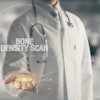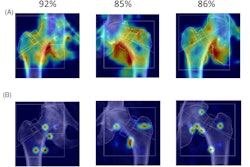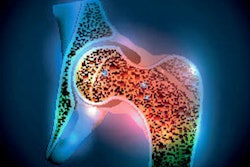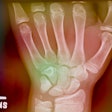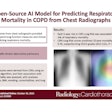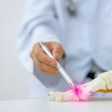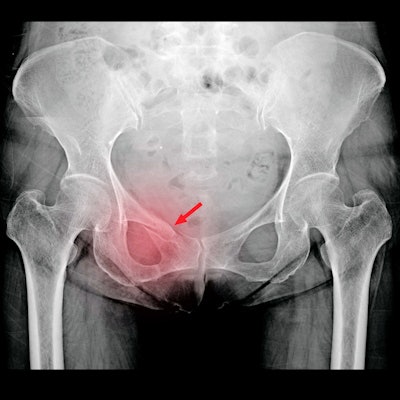
Women diagnosed with breast cancer have higher bone mineral density on dual-energy x-ray absorptiometry (DEXA) scans than women without breast cancer, according to a study published February 17 in npj Breast Cancer.
Israeli researchers conducted a prospective study of bone mineral density measured by dual-energy x-ray absorptiometry (DEXA) scans in 284 women newly diagnosed with breast cancer compared with a matched control group. They found that women with breast cancer tend to have higher bone mineral density than women with similar characteristics who do not have the disease.
"[Bone mineral density] might be considered a biomarker for breast cancer risk," wrote corresponding author Dr. Merav Fraenkel, from Ben-Gurion University of the Negev in Beer Sheva, and colleagues.
Several observational studies have shown an association between higher bone mineral density and an increased breast cancer risk, irrespective of other risk factors. In a 2013 retrospective analysis of medical records, Fraenkel and colleagues reported an association between bone mineral density and the risk of breast cancer for the first time in a group of 14,000 Israeli women.
Here, in a prospective matched cohort study, the researchers compared bone mineral density on DEXA scans between women newly diagnosed with breast cancer and matched healthy women with no radiologic evidence of disease.
The group recruited 284 women newly diagnosed with breast cancer who underwent bone scans (Lunar Prodigy, GE Healthcare) between April 2012 and October of 2017 at Soroka University Medical Center in Beer Sheva. A matched control group of 284 women was recruited at the hospital's mammography unit following breast mammography or breast ultrasound exams reported as normal.
Overall, the mean age of the women was 58 years old. Women in the breast cancer and control group were matched by age ± five years, body mass index ± 5 kg/m2, births ± one, and the use of postmenopausal hormone replacement therapy.
Results confirmed the association the group found between higher bone mineral density and breast cancer risk in their 2013 retrospective analysis. Compared with the control group, the breast cancer group had higher mean values of femoral neck Z scores (p = 0.042), total hip bone mineral density (p = 0.002), T scores (p = 0.002), and Z scores (p < 0.001).
| Bone mineral density (BMD) in newly diagnosed breast cancer patients vs. control group | ||
| Control (n = 284) | Breast cancer (n = 284) | |
| Femoral neck Z score | -0.02 | 0.14 |
| Total hip BMD (g/cm2) | 0.92 | 0.95 |
| T score | -0.66 | -0.38 |
| Z score | 0.01 | 0.32 |
"We concluded that women with newly diagnosed breast cancer tend to have higher [bone mineral density] than women with similar characteristics but without breast cancer," the authors wrote.
In addition, one strength of the study is that it matched women with breast cancer to a control group according to use of postmenopausal hormone replacement therapy, the authors wrote. In other words, women in both groups were treated with estrogen, which is known to increase bone density.
"This mitigated the possibility that the higher bone mineral density in the breast cancer group resulted from greater use of [hormone replacement therapy], and suggests that bone integrity and breast cancer risk might be linked by factors other than estrogen effect," the researchers wrote.
The authors noted that the ethnicity of the population in the study was more than 90% Jewish, of either European (Ashkenazi) or North-African/Asian (Sephardi) origins, but the finding may apply to broader groups.
"The findings in our population are probably relevant for European and American populations as shown by the similarity of the order of prevalence of the different types of cancers in the USA and Israel," Fraenkel and colleagues wrote.

